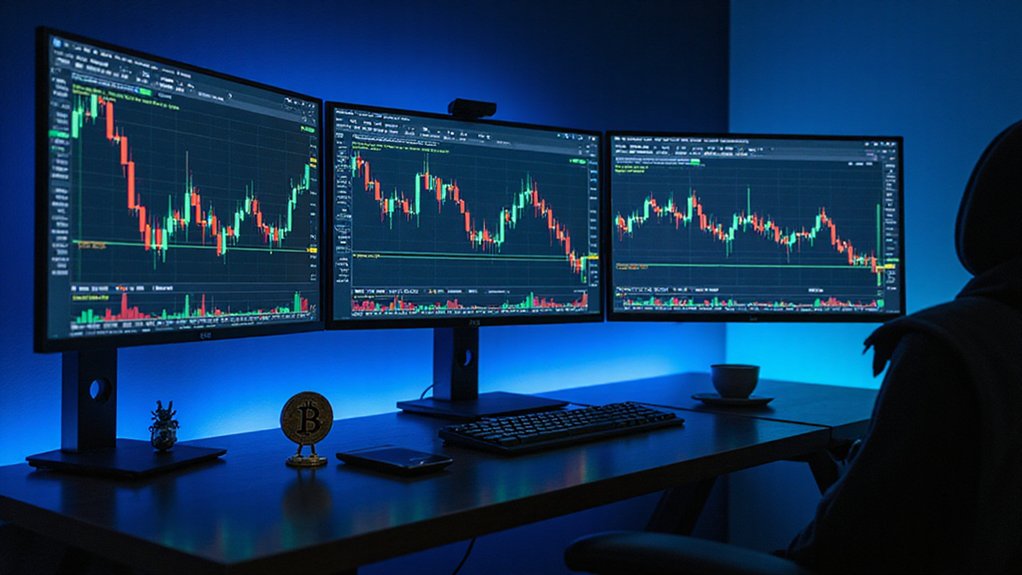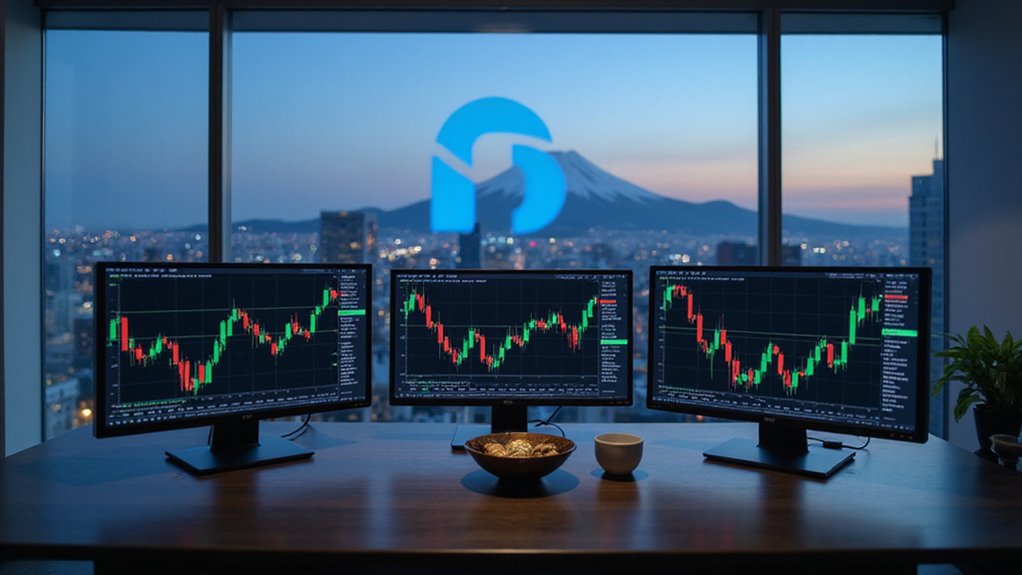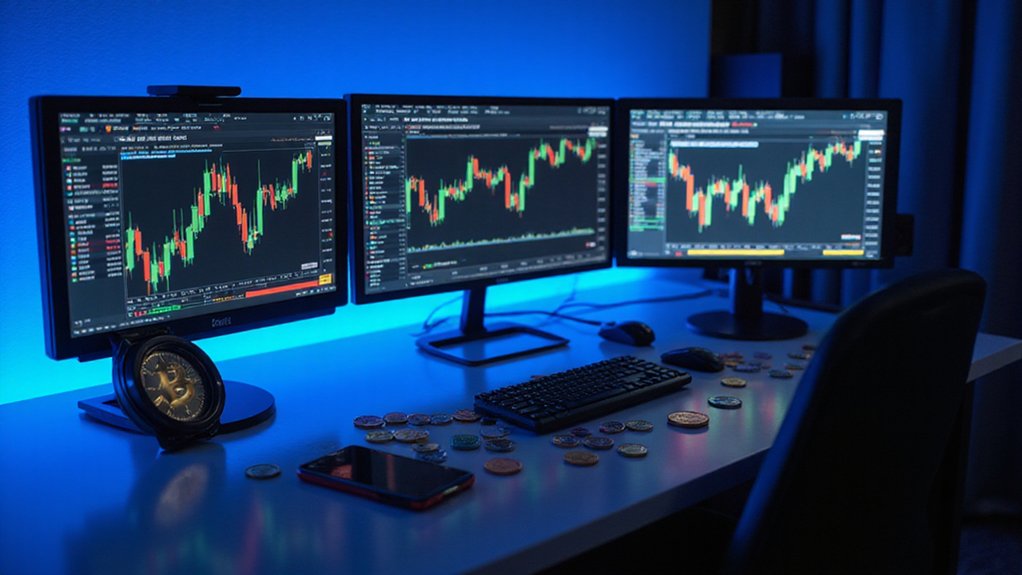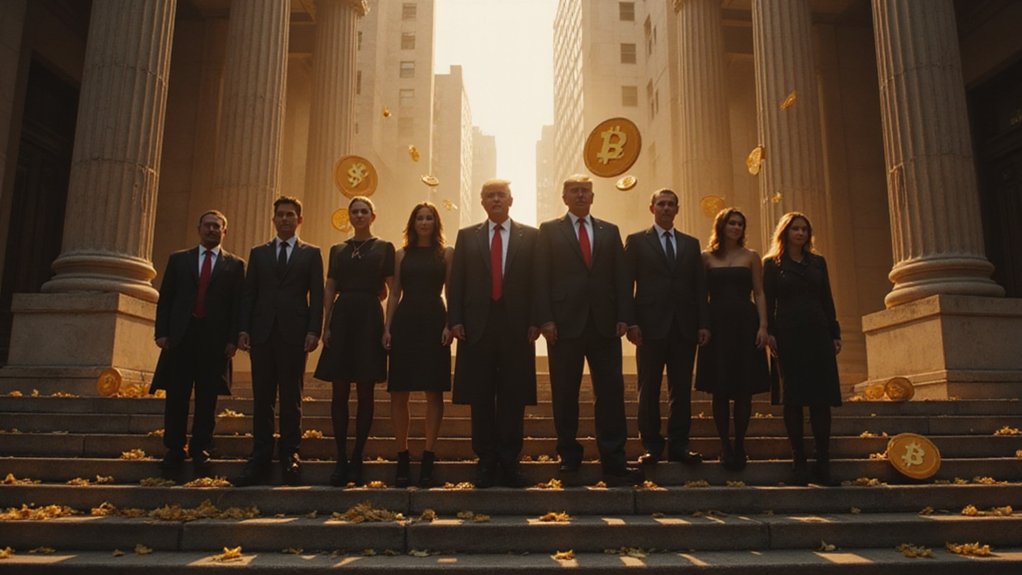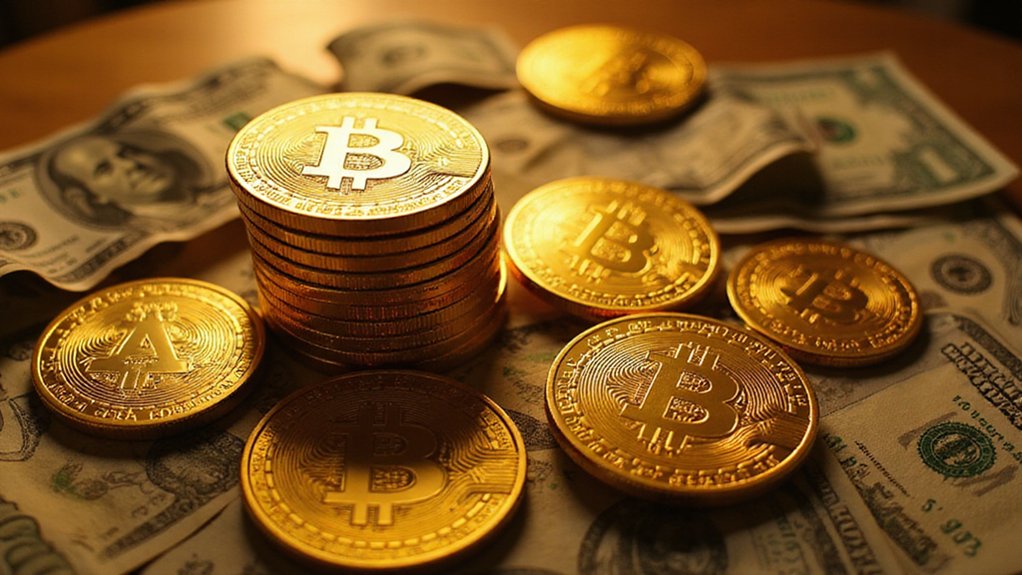Bitfinex, a veteran exchange established in 2012, caters to experienced traders with its extensive offering of spot, margin, and derivatives markets across 400+ trading pairs. Despite its 2016 security breach, the platform has implemented robust protocols and expanded its ecosystem with Bitfinex Pay and Borrow features. Geographic restrictions (notably excluding US traders) and high minimum thresholds might deter some, but its sophisticated-yet-accessible interface makes it a formidable toolkit for those who’ve graduated beyond crypto basics.
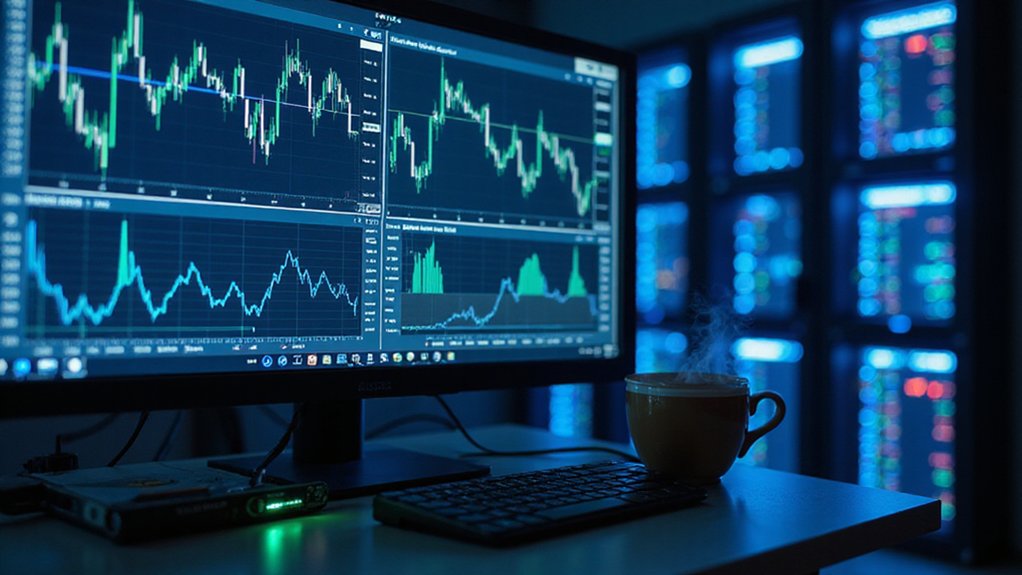
The cryptocurrency market, with its labyrinthine complexity and volatile nature, demands trading platforms that can withstand both the tempests of market fluctuations and the scrutiny of seasoned investors—a standard to which Bitfinex has aspired since its inception in 2012.
Operated by iFinex Inc. and registered in the British Virgin Islands, this exchange has established itself among the top 25 centralized platforms globally, boasting impressive liquidity with average daily trading volumes hovering around $223 million.
Bitfinex’s arsenal encompasses over 170 cryptocurrencies and more than 400 trading pairs, with BTC/USD reigning as the most actively traded.
The platform caters primarily to the experienced trader demographic, offering a extensive suite of trading modalities including spot, margin, and derivatives markets.
While fiat deposits are supported, the high minimum thresholds for withdrawals might give pause to those with modest portfolios.
The exchange’s interface—a delicate balancing act between sophistication and accessibility—provides advanced trading tools without overwhelming users.
Paper trading functionality serves as a risk-free sandbox for neophytes to acclimate to the platform’s mechanics before deploying actual capital.
The platform provides essential real-time price updates across hundreds of spot markets, enabling traders to monitor cryptocurrency movements with precision.
Additional ecosystem extensions (Bitfinex Pay, Bitfinex Borrow) expand the platform’s utility beyond mere trading.
No discussion of Bitfinex would be complete without acknowledging its 2016 security breach—a watershed moment that prompted a thorough overhaul of its security infrastructure.
Post-incident, the exchange implemented more robust protocols, and has since maintained a relatively unblemished security record (the operative word being “relatively”).
Unlike Mt. Gox which handled over 70% of Bitcoin transactions before its catastrophic collapse in 2014, Bitfinex has maintained a more sustainable market share in the exchange ecosystem.
Customer support, delivered via chat and email channels, has elicited mixed reviews from users—suggesting an area ripe for improvement.
The platform’s geographical reach, though extensive, excludes several jurisdictions due to regulatory constraints, most particularly the United States.
For traders residing in supported regions, however, Bitfinex offers a formidable toolkit for exploring cryptocurrency markets—assuming they possess the requisite experience to wield such tools effectively.
Frequently Asked Questions
How Does Bitfinex’s Liquidation Process Work During Market Volatility?
Bitfinex’s liquidation process activates during volatility through a sequence of escalating interventions.
When positions approach margin thresholds, the system issues margin calls requesting additional collateral.
Failure to respond triggers automatic liquidation—positions are forcibly closed at prevailing market rates (however unfavorable).
This mechanism, particularly aggressive in thinly-traded markets, serves dual masters: protecting the exchange from counterparty risk while simultaneously creating cascading sell-offs that, ironically, exacerbate the very volatility they’re designed to manage.
What’s the Minimum Deposit Required to Open a Bitfinex Account?
There’s no minimum deposit required to open a Bitfinex account—a surprisingly democratic touch in the often exclusionary world of finance.
While account creation is deposit-free, users should note that bank wire transfers do maintain a $10,000 minimum threshold (with a 0.1% fee, minimum $60).
Smaller depositors needn’t despair; alternatives exist through processors like OpenPayd, which charges a flat €5/£5 fee.
Crypto deposits, meanwhile, remain blissfully free of both minimums and fees.
Can I Use Bitfinex in Countries With Crypto Restrictions?
Users in countries with crypto restrictions generally cannot access Bitfinex.
The exchange explicitly prohibits service in 16 jurisdictions—including the US, Canada, and parts of Europe—due to regulatory hurdles, sanctions, and securities laws.
Bitfinex maintains strict compliance with international financial regulations, blocking access from sanctioned territories like Iran, North Korea, and Cuba.
Even in countries where cryptocurrency itself isn’t banned, Bitfinex may still be unavailable if local securities regulations conflict with their operations.
How Does Bitfinex Secure Funds Against Potential Hacks?
Bitfinex employs a multi-layered security fortress that would make most traditional banks blush with inadequacy.
The exchange stores 99.5% of assets in offline multi-signature cold wallets requiring approval from three of five globally distributed HSMs.
Only a minuscule 0.5% resides in hot wallets for operations.
This security architecture is reinforced by AI-driven fraud detection, robust DDoS protection, and regular external audits—an impressive bulwark against the omnipresent threat of digital heists.
What Is Bitfinex’s Relationship With the Tether Stablecoin?
Bitfinex and Tether share the same parent company, iFinex Inc., creating a symbiotic relationship that has raised eyebrows in regulatory circles.
Established in 2014 and integrated with Bitfinex in 2015, Tether quickly became the exchange’s liquidity backbone.
This corporate entanglement—where the same executives effectively control both entities—has weathered significant controversies, including reserve verification concerns and banking relationship difficulties.
Despite persistent regulatory scrutiny, this relationship remains fundamental to both companies’ operations in cryptocurrency markets.
